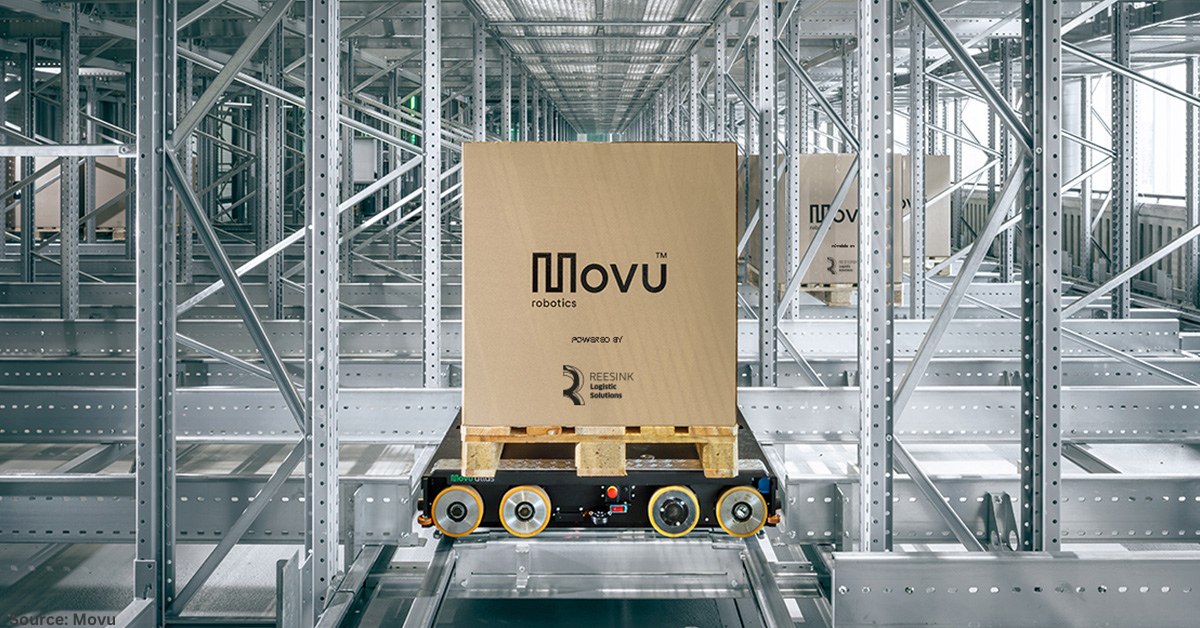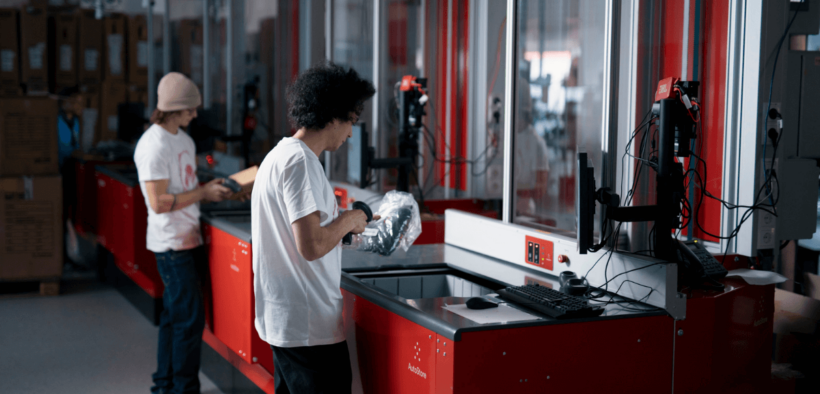Global retail, manufacturing, warehousing, and supply chain sectors are facing challenges due to shifting consumer trends, and Business Development Manager for AutoStore ANZ Jason Wu suggests that businesses must adopt cubic storage automation to overcome significant obstacles.
“This warehouse storage format enables us to fit more products into a warehouse space, without compromising access to the inventory,” he said.
“In addition, the warehouse owner utilises vertical space more effectively, without incurring the cost and downtime associated with site expansion.”
Automation and robotics take it to the next level
According to Wu, incorporating innovative technology solutions, such as automation and robotics, into the cubic storage system provides numerous advantages.
These advantages include more efficient inventory management, with the system programmed to monitor inventory levels and alert operators of low stock.
“This facilitates just-in-time processing, where inventory shortages and wastage are minimised,” Wu said.
Additionally, the technology enables more efficient and precise retrieval of goods, resulting in more productive operations with fewer errors. It also enhances safety and worker ergonomics, as the robots can handle tasks in tight spaces. The system can operate round-the-clock if required, boosting productivity.
Furthermore, the system can be programmed to carry out analyses and notify operators of predictive maintenance requirements, enhancing maintenance.
Wu highlights the AutoStore Automated Storage and Retrieval Systems (ASRS) as an example of the technology he advocates. The ASRS features independently operating robots that swiftly navigate a 3D cube grid, retrieving inventory-stocked bins as needed to meet demand.
“The Grid design is modular, customisable and scalable, and it enables 90% warehouse space utilisation. The Robots deliver rapid throughput, handling anywhere between 450 and 650 bin presentations every hour, with a 99.9% picking accuracy,” he states.
How an automated grid warehouse system helped drive sales by up to 165%
Hayabusa, a manufacturer of fishing equipment based in Japan, addressed shipping bottlenecks and inefficient picking processes in its warehouse headquarters through an automated system that would manage the company’s intricate storage and retrieval requirements.
By swapping out its previous two-story automated system with the AutoStore ASRS, Hayabusa implemented a grid that spans about 1,860 meters, equipped with 76 robots, 22,933 bins, and 11 ports for seamless storage and retrieval.
The company’s customized layout and mixed bin selection have boosted efficiency and streamlined retrievals. In addition to improving retrieval processes, the system has expanded the company’s storage capacity, allowing it to reduce its warehouse rental space and realize cost savings.
“The new AutoStore system – the largest in Japan – has enabled picking speeds three times faster than its predecessor,” Wu explains.
“Hayabusa has doubled its warehouse storage capacity, but also reduced its warehouse rental costs, and freed up space for offices. In addition, the reduced shipping lead times have enabled the company to better serve customers with its speed to market.”
Wu states that Hayabusa’s grid implementation is a great example of the benefits of automated cubic storage.
“We are excited about the formidable potential of automated cube storage, to streamline supply chain processes and give customers greater resiliency in a very competitive marketplace,” he says.























































Follow us on social media